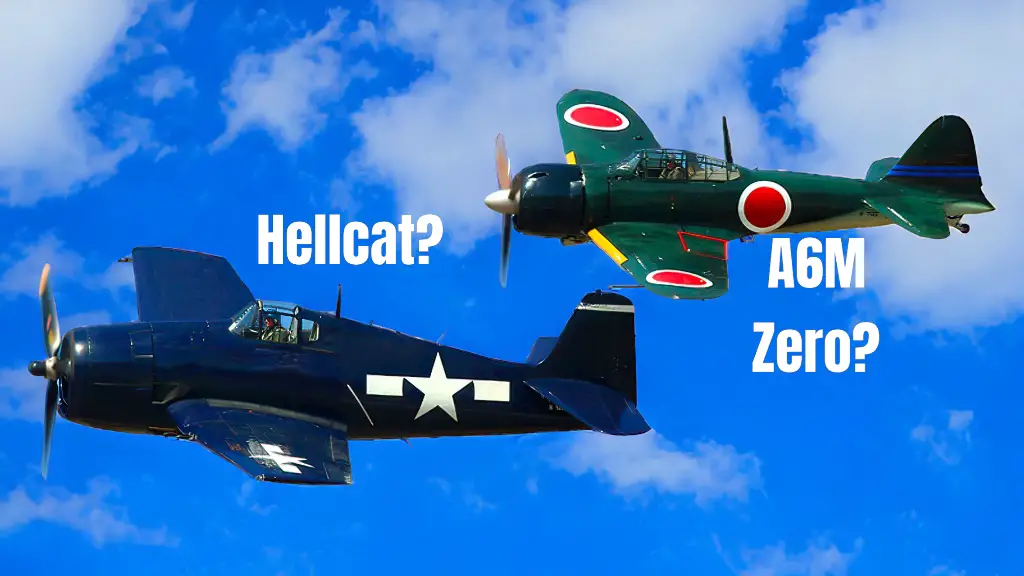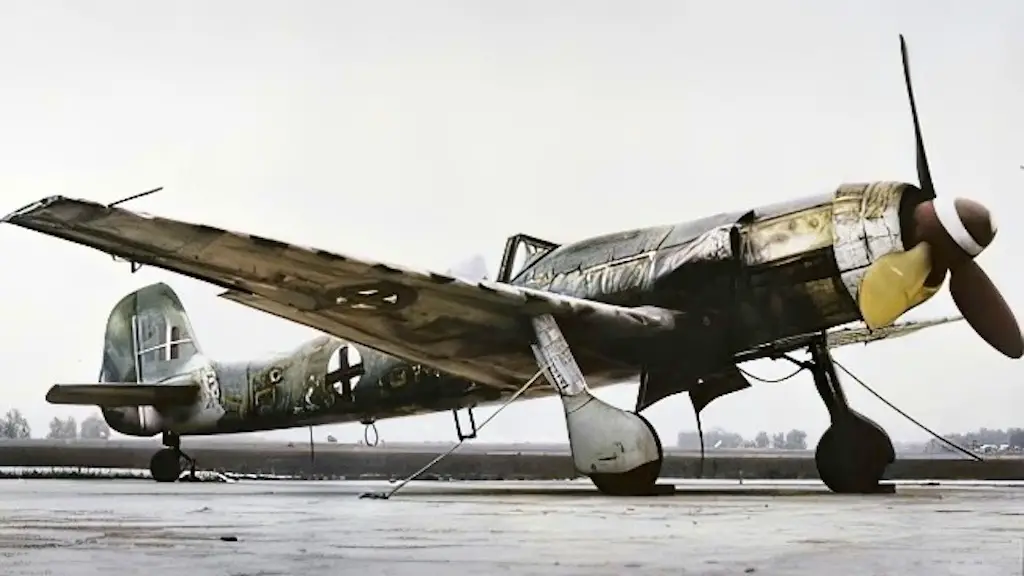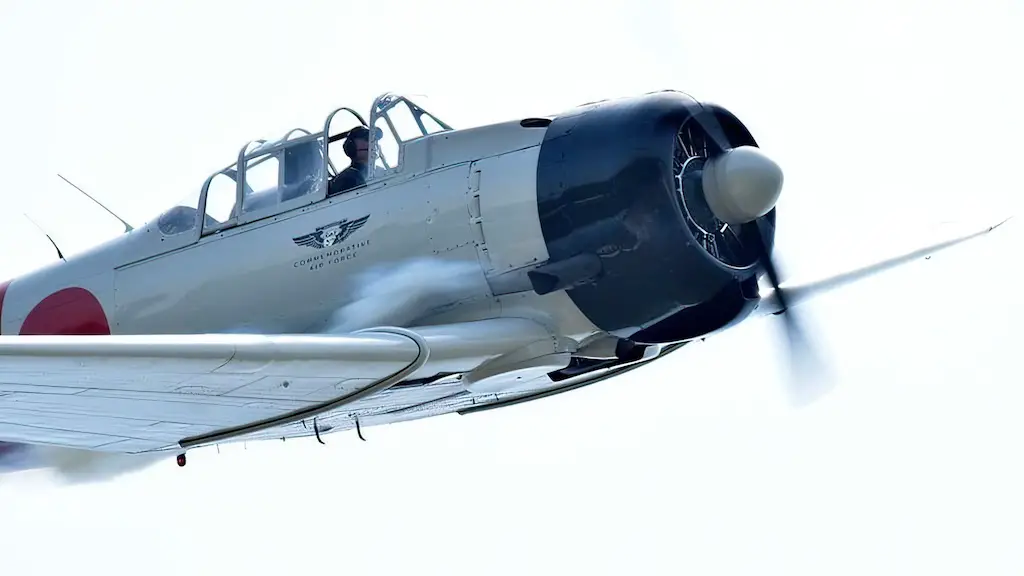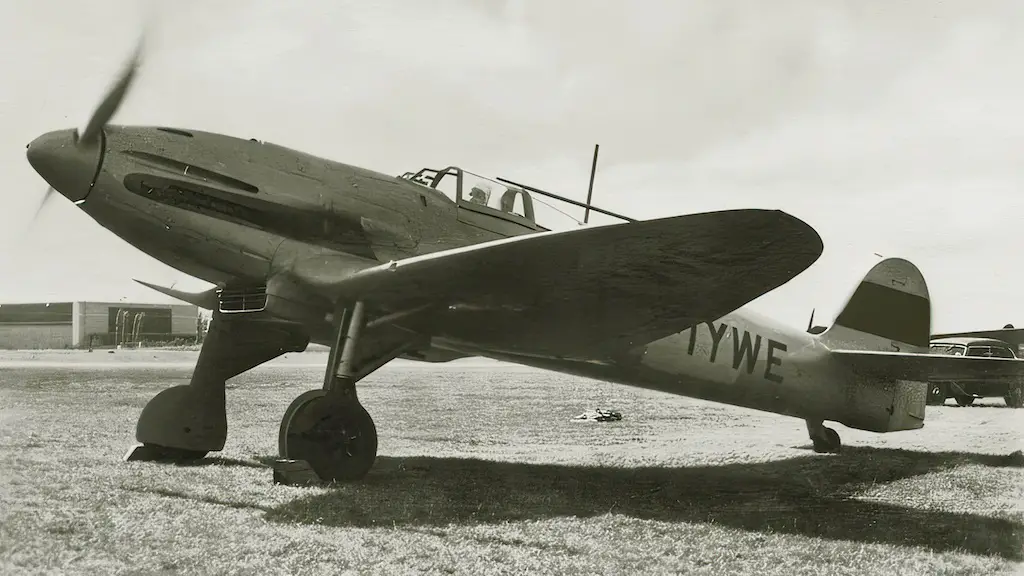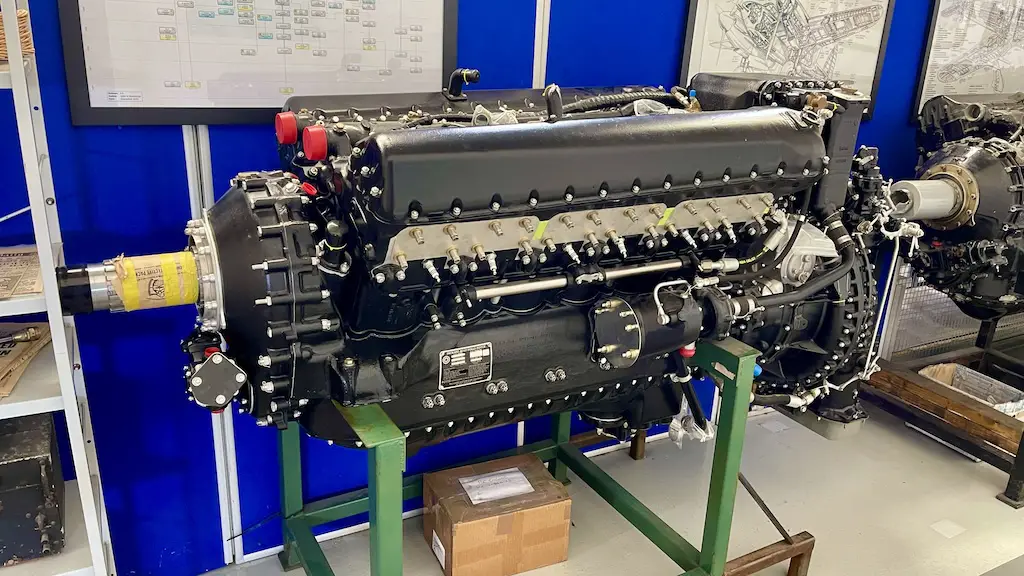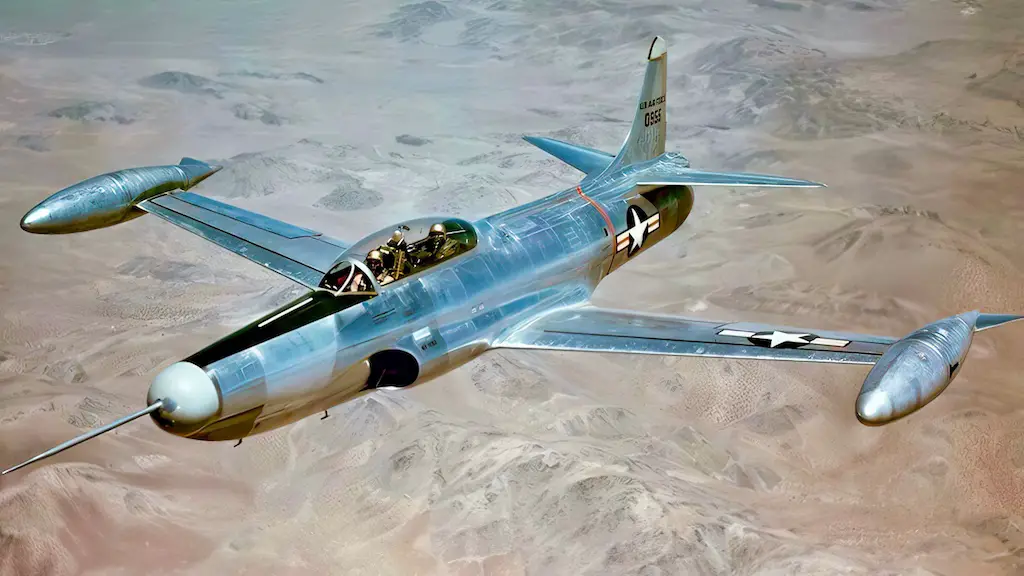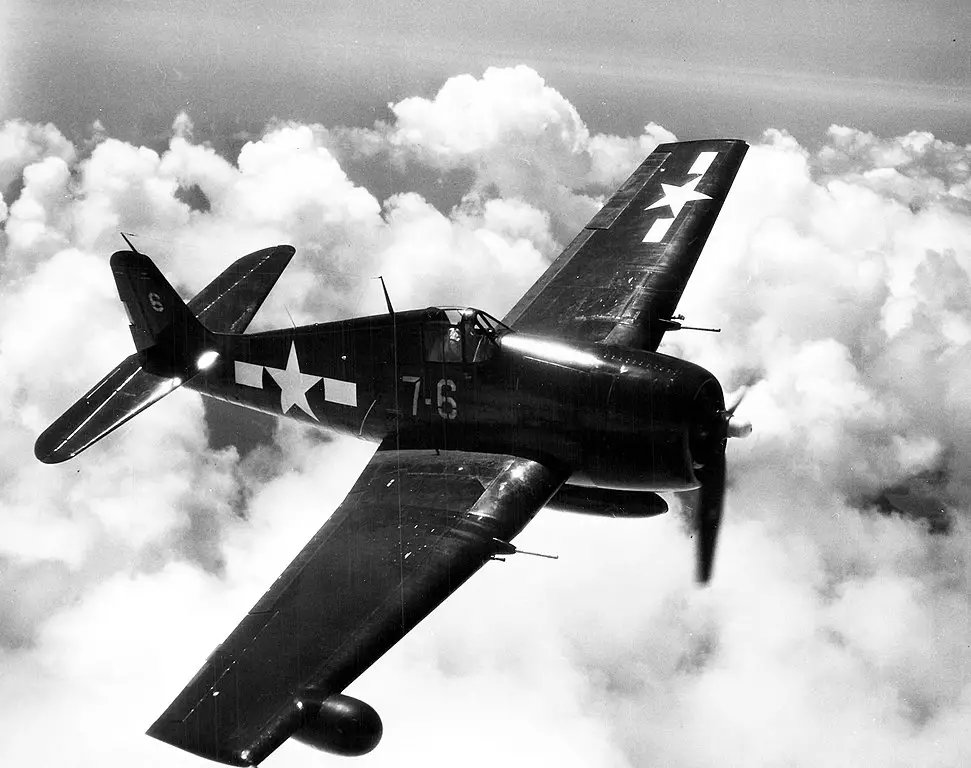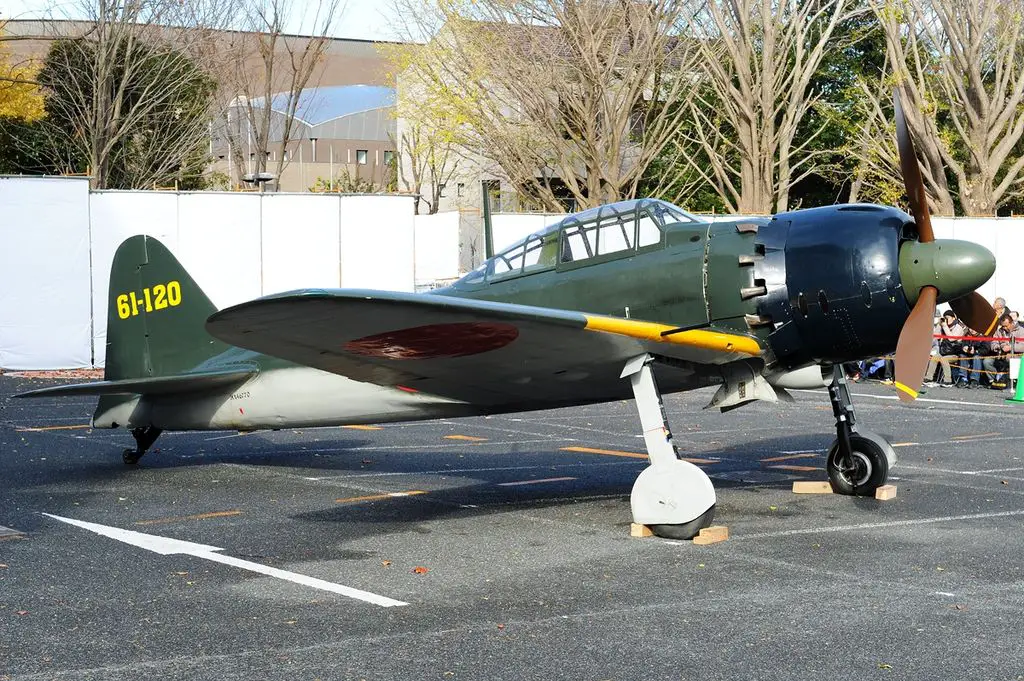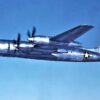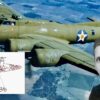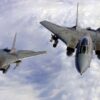A Struggle for Air Superiority
The U.S. Navy’s encounter with Japan’s formidable A6M Zero during the early stages of the Pacific War highlighted a critical need: a superior fighter aircraft. Despite the Wildcat’s valiant efforts, it was no match for the Zero’s agility and speed. This disparity set the stage for the emergence of the F6F Hellcat, a fighter designed to counter the Japanese advantage in the skies.
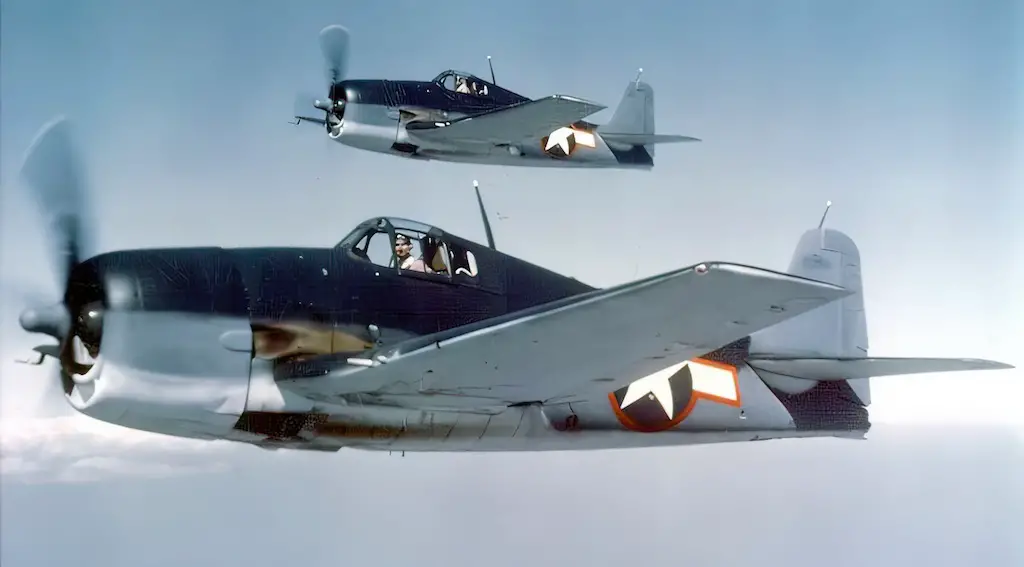
The Birth of the Hellcat
Just 22 days after acknowledging the Wildcat’s limitations, the United States witnessed the maiden flight of the XF6F prototype, the precursor to the Hellcat. Initially conceived as a modest upgrade over the Wildcat, the dire circumstances demanded a more significant overhaul. The Hellcat, with its robust design and enhanced capabilities, officially entered service in mid-1943, poised to challenge the Zero’s dominance.

Zero’s Lethal Edge and the Hellcat’s Response
The Zero, introduced in 1940, swiftly established itself as a nightmare for Allied forces. Its design prioritized speed and agility, resulting in a lightweight, nimble fighter. Equipped with formidable armaments, the Zero dominated early encounters, achieving a staggering kill ratio against Allied aircraft.
In response, the Hellcat incorporated several key features to nullify the Zero’s advantages. It boasted 212 pounds of armor around the cockpit and six .50 caliber machine guns. The incorporation of self-sealing fuel tanks and a bullet-resistant windshield significantly enhanced its resilience. This robust design meant that even when the Zero had the upper hand, it struggled to down the Hellcat.
Power and Performance
The Hellcat’s most significant advantage over the Zero lay in its engine power. Initially equipped with the Twin Cyclone engine, it soon received an upgrade to the more potent Pratt & Whitney R-2800 Double Wasp. This engine, with its remarkable 2,200 horsepower, gave the Hellcat superior speed, climb rate, and maneuverability, crucially outperforming the Zero, especially at higher altitudes.
Conversely, the Zero began to lag technologically. Japan’s industrial constraints hindered the development of a more powerful engine, leaving the Zero increasingly obsolete against newer Allied fighters. Even with upgrades like the A6M3 and A6M5, the Zero could not match the Hellcat’s advancements.
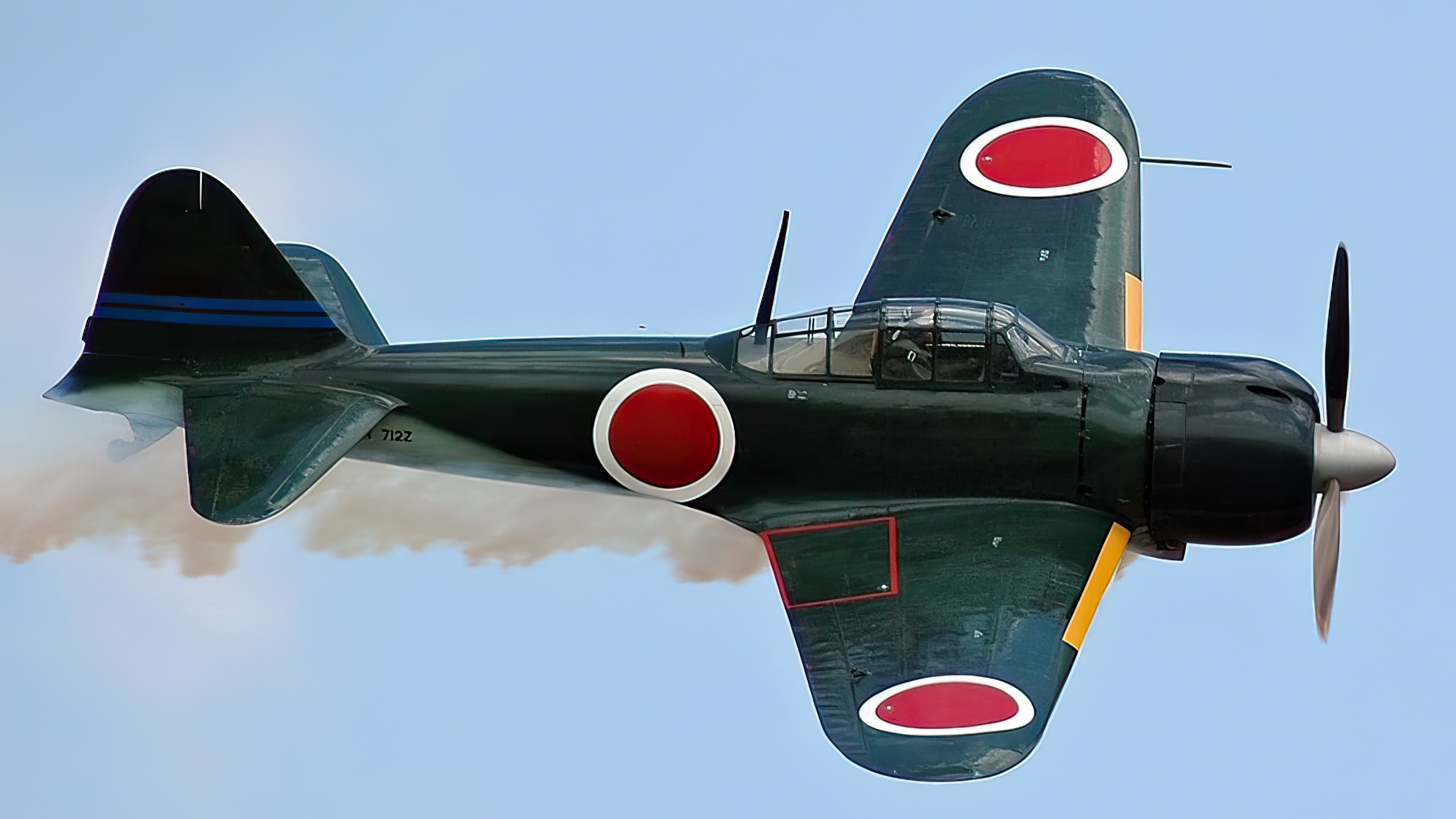
Training and Tactics
The stark difference in pilot training between the U.S. and Japan played a pivotal role. The U.S. Navy trained a staggering number of pilots compared to Japan, ensuring a continuous supply of skilled aviators. Japanese pilots, on the other hand, faced continuous combat with no rotation policy, leading to a rapid depletion of their experienced pilot pool.
American pilots received extensive training, accumulating significant flying hours before engaging in combat. This experience, combined with evolving tactics that exploited the Hellcat’s strengths, diminished the Zero’s effectiveness. By 1944, Hellcat pilots were far more experienced than their Japanese counterparts, tipping the balance further in the Allies’ favor.
The Final Showdown
The culmination of the Hellcat’s dominance was evident during the Battle of the Philippine Sea. On June 19, 1944, Hellcats decimated Japanese aircraft, with the U.S. Navy losing only 15 planes in air-to-air combat against the Zero. This day, known as the Marianas turkey shoot, emphatically marked the end of the Zero’s era and the Hellcat’s supremacy in the Pacific Theater.
The Hellcat’s triumph over the Zero at the Battle of the Philippine Sea was a result of superior design, engine performance, and pilot training. These factors combined to shift the balance of air power in the Pacific, turning the Hellcat into a symbol of American air superiority during World War II.
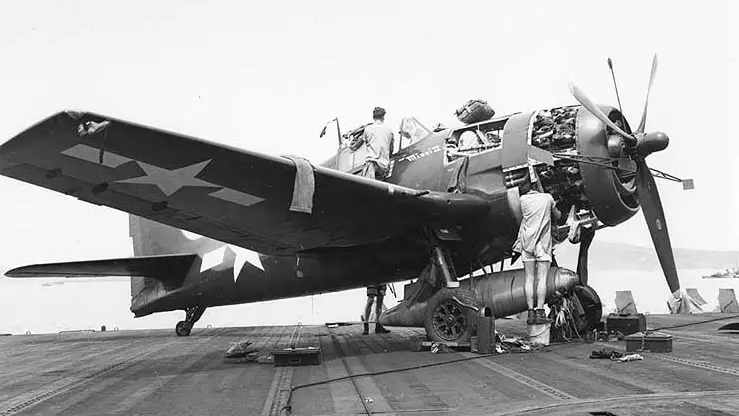
Official U.S. Navy Photograph, National Archives collection.

